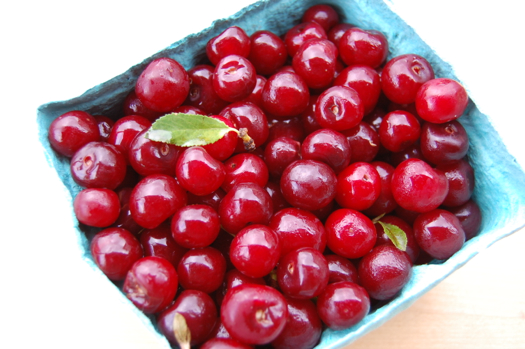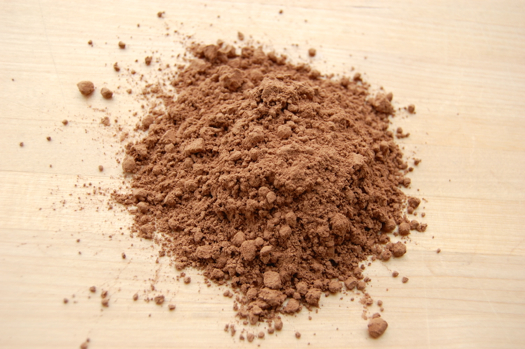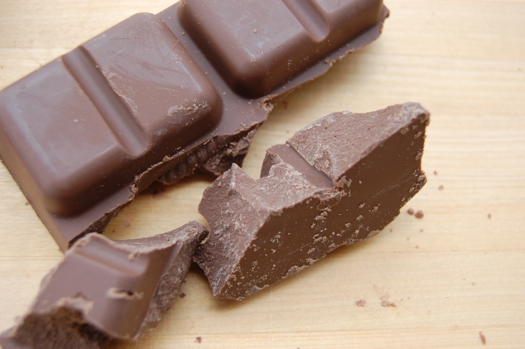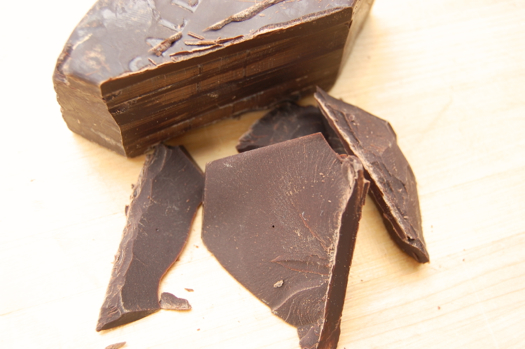Reader Jey asks if I would talk a little about chocolate bloom and provide some tips for preventing it. Jey, I would be delighted. First let’s define our terms. The grey streaks or spots that appear on chocolate when it melts and re-firms, or when it’s stored for long periods in the refrigerator or freezer, is called “chocolate bloom”. There are two kinds of it: fat bloom and sugar bloom. Both have different causes and fixes.
Fat bloom is caused by cocoa butter pooling up and forming crystals. This doesn’t happen when chocolate is tempered properly because a.) the controlled cooling process keeps the chocolate emulsion nice and stable and b.) it creates a strong and even crystal structure. However untempered chocolate, being something of a riot of different sorts of fat crystals, is prone to unsightly streaks.
READ ON





